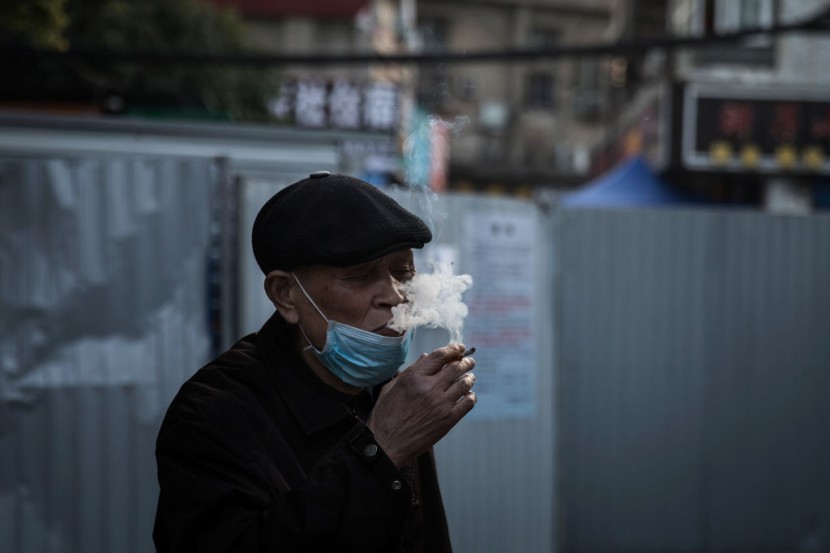
Tobacco smoke has numerous toxic substances including lead, benzopyrene, formaldehyde, and carbon monoxide arsenic. Although many people do it, smoking is injurious to our health. Secondhand smoke is also unhealthy for all people, particularly individuals with asthma.
Secondhand smoke is a mixture of fine particles and gases which are smoke exhaled by other people who smoke, smoke from burning tobacco products such as pipes, cigarettes, and cigars.
When people breathe secondhand smoke, it is equivalent to them smoking as well.
Made of thousands of chemicals, many poisons contained by secondhand smoke stay in your body, reported CDC. Exposure to such toxins could result in severe health problems. This including lung cancer and heart disease, according to Mayo Clinic.
When a person smokes a cigarette, the majority of the smoke is not transmitted into their lungs but goes into the air where anyone nearby can breathe the smoke.
Tobacco smoke contains over 4,000 chemical compounds and at least 250 are known to cause illness, reported Web MD.
Even short-term or occasional exposure could take a toll on the body.
Those with exposure to secondhand smoke could request smokers to take their smoke breaks outdoors. Specifically, they need to be away from children and pregnant women.
A surmised 58 million non-smoking American citizens, including 14 million children from ages between 3 and 11 years, are exposed to SHS. Children breathe it at daycare, home, and in cars.
Adult smokers are numbering at a peak of 1 billion globally, secondhand smoking is practically unavoidable.
Meanwhile, the residue that attaches to household surfaces and dust is named thirdhand smoke.
The smoke has the capacity to make your blood stickier, damages your blood vessels' lining, and increases your "bad" LDL cholesterol. Such alterations could result in a heart attack or stroke.
One could also tell smokers to refrain from smoking in a car with other individuals. Merely blowing smoke out the window does not help much, to lessen smoke exposure.
Non-smokers have a choice to walk away from smokers at work, school, restaurants, friends' and family members' homes, and their own homes.
Directly smoking is worse, but both smoking and secondhand smoking have similar adverse health impacts.
Secondhand smoke goes by alternative names: environmental smoke, side-stream smoke, involuntary smoke, and passive smoke.
Towards children, probable health effects are ear infections, more frequent and serious asthma attacks.
There is no safe amount of secondhand smoke as mere low levels can jeopardize your health.
Children are almost twice more vulnerable than non-smoking adults to be exposed to SHS.
Tobacco smoke is harmful to babies, even amid pregnancy.
For thirdhand smoke, young children are more susceptible to exposure due to their regular contact with toxic materials including carpeting.
One could also choose smoke-free care facilities including child care facilities and facilities for older adults.
A non-smoker may also persuade a smoker to quit even though smoking has an addictive nature.
According to the World Health Organization (WHO), among the 7,000 chemicals contained by tobacco smoke, more than 250 chemicals are harmful in other ways, and at least 69 are cancerous.
Related Article : Never Too Late: Quitting Smoking Reverses Lung Cell Damage
© 2025 HNGN, All rights reserved. Do not reproduce without permission.








